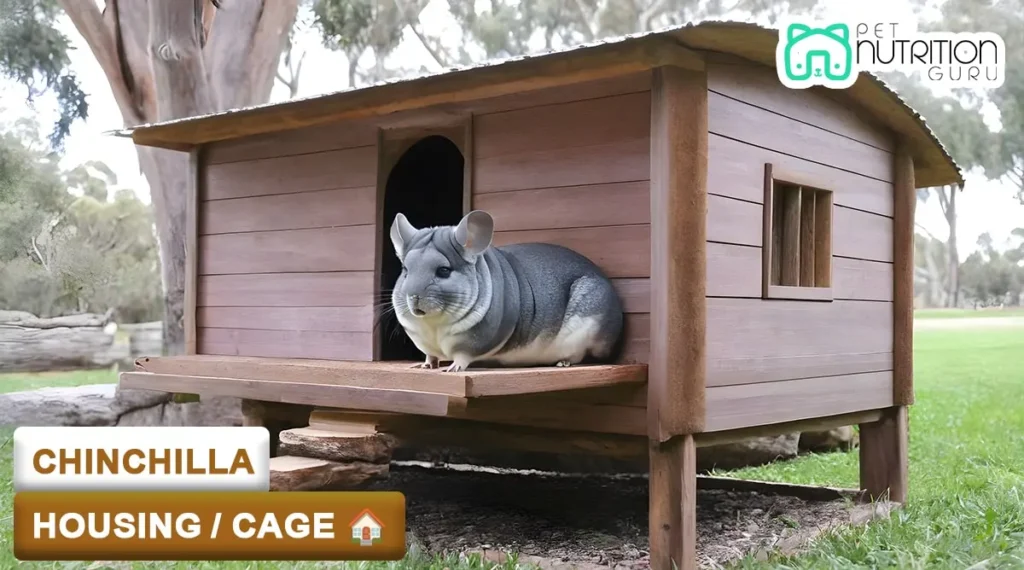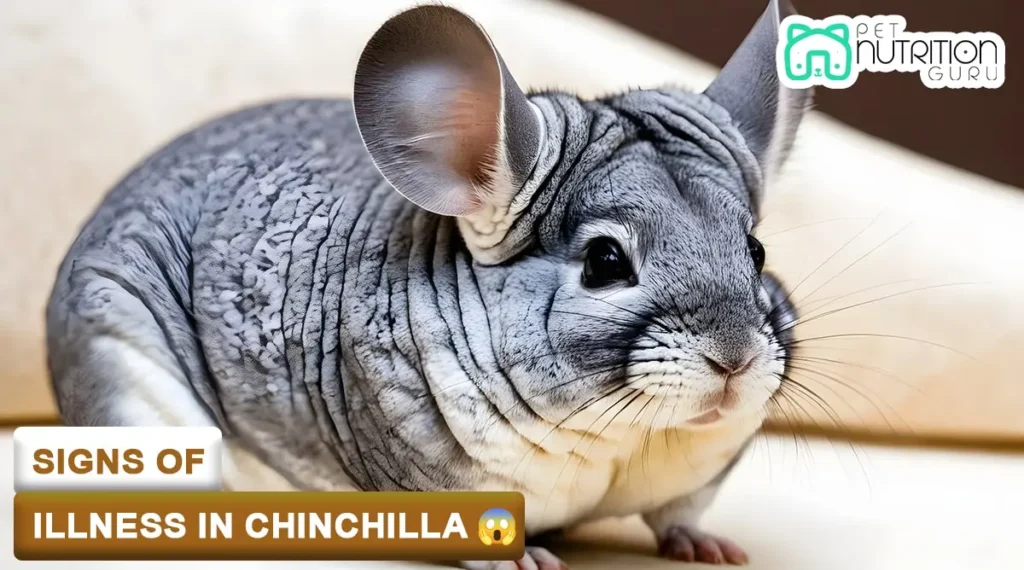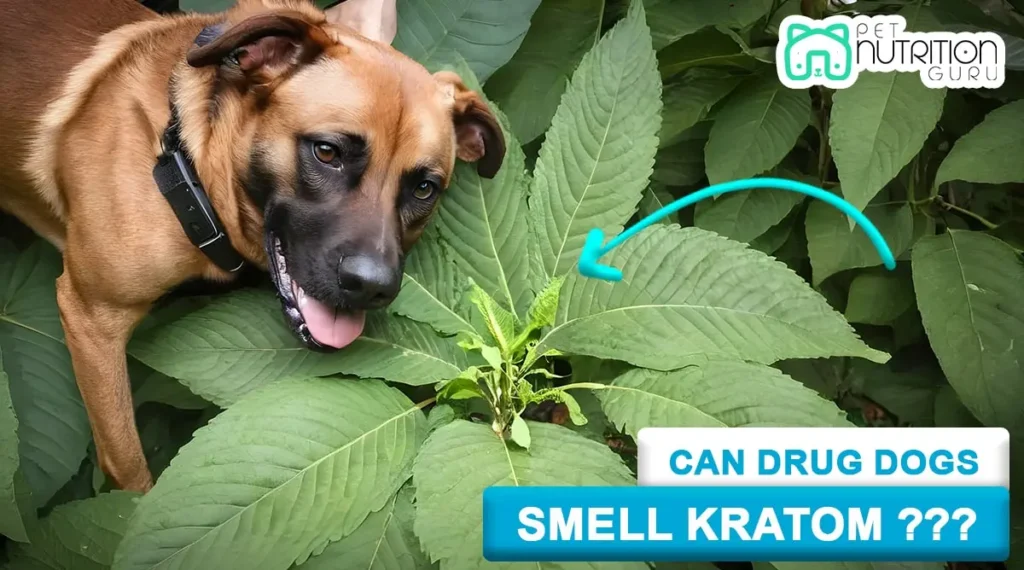Chinchillas are adorable and playful rodents that make great pets for people of all ages. They are known for their soft, dense fur and their playful personalities. However, chinchillas require specialized care to stay healthy and happy.
How to Take Care of a Chinchilla?
“To take care of a chinchilla, you need to provide it with a spacious cage, a healthy diet, and regular grooming. You should also take your chinchilla to the vet for regular checkups to ensure that it is healthy and to prevent any potential health problems.”
In this article (How to Care for a Chinchilla), I will share with you everything you need to know about how to care for a chinchilla, from housing and diet to health and grooming.
| Category | Description |
|---|---|
| Housing | Spacious cage (at least 3 feet long, 2 feet wide, and 2 feet high) with plenty of ventilation and durable construction |
| Diet | Mainly hay (80%), with some fresh vegetables and fruits, and a small amount of pellets |
| Water | Fresh water available at all times |
| Bathing | Dust baths at least once a week |
| Grooming | Brush fur at least once a week, trim nails regularly |
| Health | Regular vet checkups to ensure health and prevent problems |
| Signs of Illness | Lethargy, loss of appetite, diarrhea, vomiting, sneezing, coughing, skin problems |
Here is the Most Popular Question: “How Long Does a Chinchilla Live? Chinchillas Lifespan“
Housing

Chinchillas need a spacious cage that is at least 3 feet long, 2 feet wide, and 2 feet high. The cage should have plenty of ventilation and should be made of a durable material that can withstand chewing.
Here are some things to keep in mind when choosing a cage for your chinchilla:
- Size: The cage should be large enough for your chinchilla to move around comfortably. A good rule of thumb is to choose a cage that is at least three times the length of your chinchilla’s body.
- Ventilation: The cage should have plenty of ventilation to prevent your chinchilla from overheating. Look for a cage with mesh sides or a wire top.
- Durability: Chinchillas are known for their chewing habits, so it is important to choose a cage made of a durable material that can withstand their chewing.
Diet
Chinchillas are herbivores and their diet should consist mainly of hay. Good quality hay should make up about 80% of their diet. You can also give your chinchilla a variety of fresh vegetables and fruits, such as:
- Apples
- Bananas
- Carrots
- Celery
- Grapes
- Lettuce
- Pears
Chinchillas also need a small amount of pellets each day. Pellets should be specifically formulated for chinchillas and should not contain any added sugar or molasses.
Here is the More Popular Question: “How to Get Water Out of Dog’s Ear?“
Water
Chinchillas need access to fresh water at all times. The water bottle should be cleaned and refilled daily.
Bathing
Chinchillas do not need to be bathed in water. Instead, they take dust baths to keep their fur clean and healthy. You should provide your chinchilla with a dust bath at least once a week. The dust bath should be filled with commercial chinchilla dust.
Grooming
Chinchillas have very dense fur that requires regular grooming. You should brush your chinchilla’s fur at least once a week with a soft brush. It would help if you also trimmed your chinchilla’s nails regularly.
Here is the Most Popular Question: “Dog Vitamin Water“
Health
Chinchillas are generally healthy animals, but they can be susceptible to several health problems, including:
- Dental disease
- Gastrointestinal problems
- Respiratory infections
- Skin problems
It is important to take your chinchilla to the vet for regular checkups to ensure that they are healthy.
Here is the Most Popular Question: “Tabby Cat Lifespan“
Signs of Illness

If you notice any of the following signs of illness in your chinchilla, you should take them to the vet immediately:
- Lethargy
- Loss of appetite
- Diarrhea
- Vomiting
- Sneezing
- Coughing
- Skin problems
Here is the Most Popular Question: “How Much Are Chinchillas?“
Conclusion
Chinchillas can make wonderful pets for people of all ages. However, they require specialized care to stay healthy and happy. Following the tips in this article can provide your chinchilla with the best possible care.
Disclaimer
This Article (How to Take Care of a Chinchilla) contains essential information. We are not veterinarians or pet dietary professionals. If your Chinchilla discloses any indication of ailment, call your veterinarian.
Bear in mind that every Chinchilla is Different, and if you have any worries regarding your Chinchilla’s Health or practices, immediately seek specialist recommendations from your veterinarian.
If you want more Knowledge about Pet Nutrition, visit our Blog Section.
FAQs (Frequently Asked Questions)
Chinchillas do not need to be bathed in water. Instead, they take dust baths to keep their fur clean and healthy. You should provide your chinchilla with a dust bath at least once a week. The dust bath should be filled with commercial chinchilla dust.
You should brush your chinchilla’s fur at least once a week with a soft brush. This will help to remove any loose fur and keep your chinchilla’s fur looking healthy and shiny.
You should trim your chinchilla’s nails regularly. This will help to prevent your chinchilla from scratching themselves or others.
Chinchillas need a spacious cage that is at least 3 feet long, 2 feet wide, and 2 feet high. The cage should have plenty of ventilation and should be made of a durable material that can withstand chewing.
Some signs of illness in chinchillas include lethargy, loss of appetite, diarrhea, vomiting, sneezing, coughing, and skin problems. If you notice any of these signs of illness in your chinchilla, you should take them to the vet immediately.
You should clean your chinchilla’s cage at least once a week. This includes removing all of the old bedding and replacing it with fresh bedding. You should also clean the cage with a mild soap and water solution.
Latest Articles
- Can Dogs Eat Soursop Fruit? Find Out the Truth Here
- Can Drug Dogs Smell Kratom? The Shocking Truth Revealed
- When Do Dogs Go into Heat after Having Puppies?
Subscribe to Pet Nutrition Guru
Subscribe below to receive expert pet care advice, pet wellness tips, and exclusive promotions.




